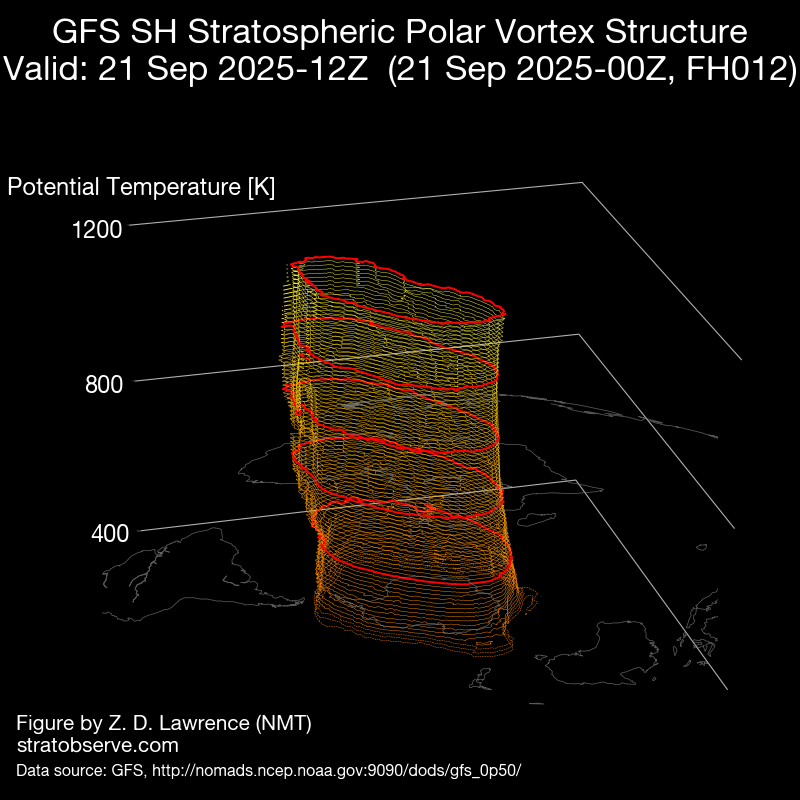Wet & Stormy Days Ahead for Parts of QLD & NSW as Low Crosses Coastline
- Weatherwatch
- Jan 9
- 3 min read
January 9, 2024
Severe storms are back on the radar for parts of New South Wales and Queensland over the coming days, thanks to the combined influence of a broad, long-wave upper trough and a low-pressure system crossing the NSW Mid-North Coast with showers and storms potentially becoming widespread resulting in some localised flooding (including flash flooding). Fortunately, severe impacts will remain isolated but are nonetheless likely.
Forecast rainfall during the next 7 days from ACCESS and EC models. Source: MetCentre
A Low Takes an Unusual Path

ACCESS C animation showing a low tracking westwards to cross the NSW coastline (from last night to today) . Source: MetCentre
A prolonged period of unseasonably cold air in the upper atmosphere—3°C to 5°C below January averages—has set the stage for stormy weather. This cooler air helped form a low off the NSW coastline yesterday, which is now making its way inland. While it’s uncommon for lows to track westwards, this pattern is caused by successive troughs drawing the low toward rising air associated with the upper systems.
Forecast temperature anomalies at 500mb and 300mb showing that temperatures are unusually cool for January thanks to a broad upper trough. Source: MetCentre
Humidity Meets Cold Upper Air: A Recipe for Storms
As the low moves inland, it’s pulling a humid airmass from the western Pacific Ocean. This will increase the showers and storms already present, making them more widespread. The interaction between the humid surface air and cold upper-level air is creating ideal conditions for showers and thunderstorms across eastern NSW and southeastern Queensland.
DewPoint forecasts from the ACCESS model showing moisture spreading inland over the coming days. Source: MetCentre
Showers & Storms: Potentially Widespread with Isolated Severe Impacts
This will create the threat of severe storms on most days across eastern NSW and the southeast quarter of Queensland. However, the widespread nature of the system and the lack of a more focused surface trough make it challenging to pinpoint exactly where severe thunderstorms are most likely. The cooler air is also bringing with it a weak cap—a small, stable layer of air typically located 2–3 km above the surface that initially inhibits storm development. This may sound counter-intuitive, but severe storms are more likely when the cap is sufficiently strong to hold storm development off until late in the day (when heating and energy are at their peak), but not so strong that it entirely suppresses storm formation. Additionally, widespread storm activity means that individual storms will "compete" against each other for atmospheric energy.
Forecast instability (CAPE) indicating unstable conditions across eastern Australia over the next four days. Source: MetCentre
Nonetheless, isolated storms are still likely to produce damaging winds and large hail, though the key word here is isolated. Since the threats will cover a broad area, some severe storm impacts are likely to occur. Heavy rainfall, however, is expected to be the primary severe weather concern—particularly across central eastern to southeastern NSW, where the upper atmosphere is likely to become quite saturated with cluttered activity. In northeastern NSW and southeastern Queensland, heavy rainfall and flash flooding will remain significant threats, but there will also be a concern for localised damaging winds and large hail on many of these days.
Soundings for more southern areas are more saturated (rain, showery and thundery), while in the north soundings are a little more conducive to severe storms (but weak wind shear may restrict the extent of severe activity). Source: MetCentre
What to Expect Early Next Week
Storm activity is likely to become more isolated early next week though model guidance is diverging here across a range of scenarios. Some models suggest another low will develop off the NSW coastline while others bring another trough through - both have quite differing impacts to eastern NSW and southeastern Queensland from more rain and thunder, to potentially more typical and classic severe thunderstorms and will be something our team will be watching closely.
Two differing scenarios from EC and ACCESS models, one with a trough (more stormy next week), the other with a low off the coastline (more showery next week). Source: MetCentre
Enhanced Monitoring Tools for Severe Weather
Recently, Weatherwatch introduced real-time Storm Intensity Mapping to complement HailTracker, Australia's leading hail platform. These tools provide users with detailed insights into the size of hail and the intensity of storms, making it easier to track severe weather impacts. Combined with our dynamic SmartHail Alerts, users also receive realtime forecasts of storm impacts to better prepare for severe weather.

Large hail maps from the Darling Downs yesterday (January 8, 2025). Source: HailTracker
Weatherwatch – your trusted partner in weather intelligence.































